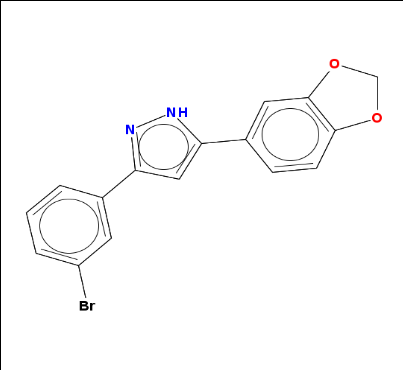

The most important one may be n which indicates a new line. Another escape sequence worth mentioning is \' for a single quote within a string. In Python, escape sequences are indicated by a backslash ( ). See String and Bytes literals for more about the various forms of bytes literal, including supported escape sequences. As with string literals, bytes literals may also use a r prefix to disable processing of escape sequences. Let's see the most common examples of escape sequences. Any binary values over 127 must be entered into bytes literals using the appropriate escape sequence.

Moreover, in Python, we have different escape sequences that have a unique meaning. Like so, multiple logical lines can be stacked into a single physical line. Single Quote (\’) To use a single quote inside a string, a backslash followed by a single quote makes it valid to be used in a statement. The sequence of characters after a backslash is known as an escape sequence. The most important one may be which indicates a new line. Python Dictionaries Access Items Change Items Add Items Remove Items Loop Dictionaries Copy Dictionaries Nested Dictionaries Dictionary Methods Dictionary Exercise Python If.Else Python While Loops Python For Loops Python Functions Python Lambda Python Arrays Python Classes/Objects Python Inheritance Python Iterators Python Polymorphism Python Scope Python Modules Python Dates Python Math Python JSON Python RegEx Python PIP Python Try. Escaping in Python In Python, escape sequences are indicated by a backslash ( \ ).


 0 kommentar(er)
0 kommentar(er)
